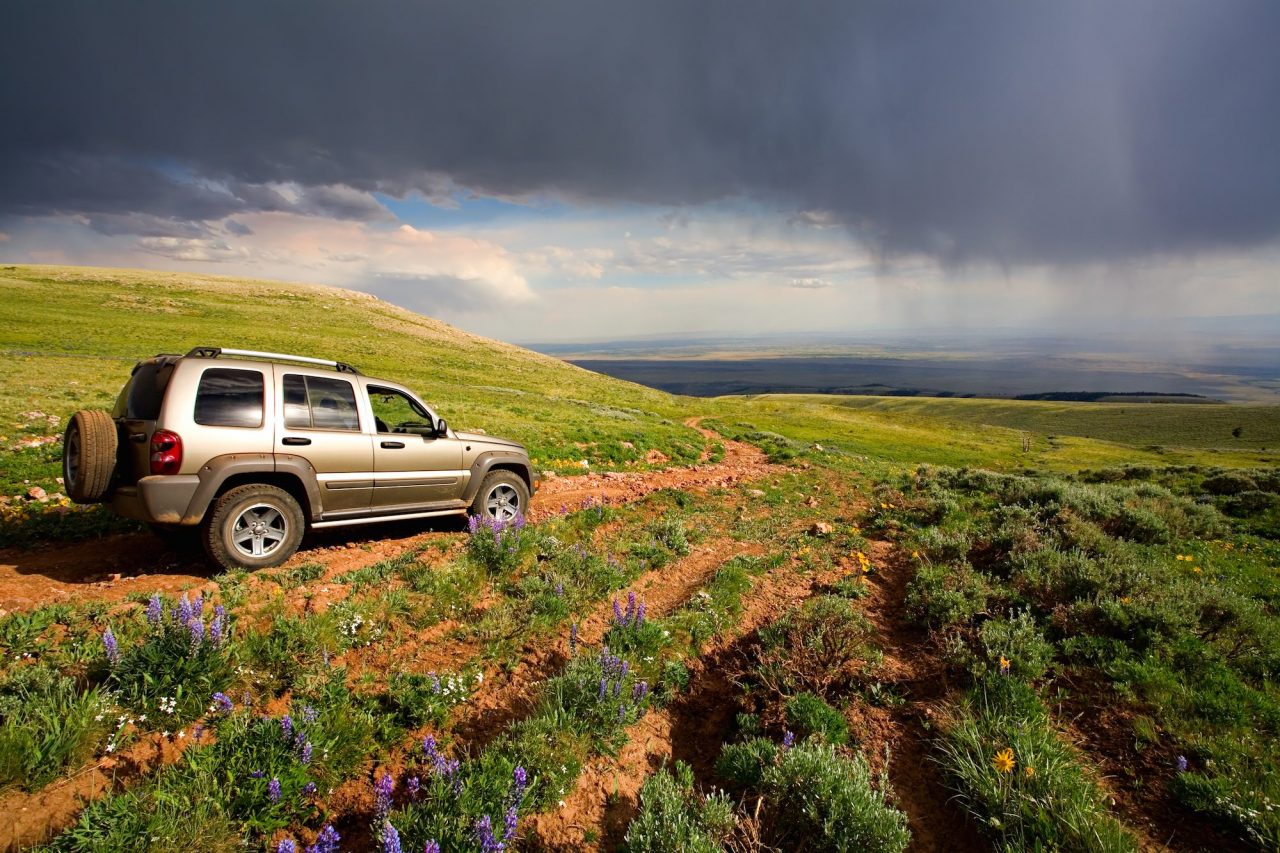For many people, there’s nothing like escaping the city and driving through the open countryside. However, going off-road also requires some very specific vehicle requirements. This is something to keep in mind when considering taking your own car, or even renting a car when you arrive at your destination.
Most rentals are designed for city use, so you should make the rental agency aware of your needs and plans. In addition to weather maintenance, for instance, you also need to consider the direct effects of driving away from typical roads and city environments.
Ground Clearance
Most city cars, whether they’re small hatchbacks or big family cars, tend to have a low ground clearance. When all you have to deal with is the odd speed bump, there simply isn’t any need to raise the car up.
When you go off of the pavement, however, this quickly becomes a problem. Even flat deserts and fields have bumps, rough stones and other obstacles. If your vehicle isn’t up to the challenge, you will likely scrape and damage the vulnerable underside of the car. Needless to say, this can result in some very expensive repairs.
Tire Choice
Likewise, this uneven surface means you need a better choice of tire. If your car is suitable for going off-road – in other words, meeting the various additional requirements set out in this list – than a simple tire change can bring you plenty of benefits.
Similarly, because off-roading tends to involve packing quite a lot, make sure the fitted tires can handle the weight. If you know the weight of the car, alongside a rough idea of how much you’re packing, use a tire load rating guide and ensure the tires can cope with this, plus a little room for adjustment.
Repair & Emergency Supplies
Even if you have the most durable, sturdy car available, nothing can wear down a vehicle like going off-road. Even the hardest 4x4s still suffer from chipping stones and the occasional bump.
If you’re going somewhere that has a lot of peaks, a power winch might just prove essential for pulling the car out. This can also prove useful in forests and other areas with objects to tie the winch to. Of course, in a desert, this might not be so viable, so be sure to get a vehicle that is adapted to your specific environment.
Likewise, ensuring the correct tire pressure will help make the journey as smooth as can be expected. As such, a high quality air pump and sensor may very well prove to be your saving grace if you suffer a puncture in the middle of the wild!
Suspension
When you’re driving on uneven ground, strong car suspension systems are a necessity. This doesn’t just improve your comfort – it actively protects the vehicle. Otherwise, those sharper drops and peaks could cause parts of the wheel to bump against the bodywork of the vehicle, to name just one effect.
If you’re taking your own car, you likely already know the condition of your suspension. Yet, especially in the case of a rental, there is one easy check you can do. Without getting in the vehicle, push down on one of the corners. If the car vibrates or dips in one specific corner, this will indicate where the suspension is weak.
Navigational Aids
When you’re not on a guided road, knowing where you’re going isn’t always so easy. While you may have a strong, natural sense of direction, it never hurts to fall back on some other options.
There are many “off-road GPS” devices, designed to offer a stronger signal to ensure your location, while a simple compass and map can always be useful. Many people like to use their phone, but this seldom has signal in remote areas, especially when you’re abroad and using a third-party service.
A Quick Check-List
Ultimately, the best option for going off-road is something custom built for that very purpose, such as a Jeep or 4×4 vehicle. However, if needs must, you should make sure that any car passes a minimal threshold. The 5 factors given here should help ensure that your transport isn’t entirely unsuitable.
Finally, just as you may look to adapt your car to the terrain, you can also adapt the terrain to the car. Plan your route carefully, acknowledging the limits of your transport. When the ground clearance is shallow, for instance, try to avoid steeper inclines.
 About the Author
About the Author
Giles Kirkland is a professional mechanic who loves to travel – preferably by car – whenever he can.











